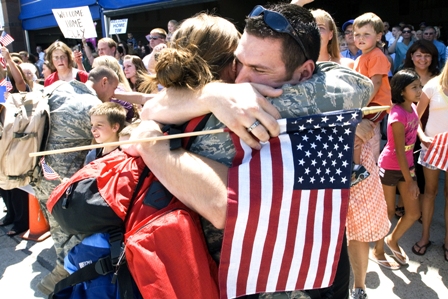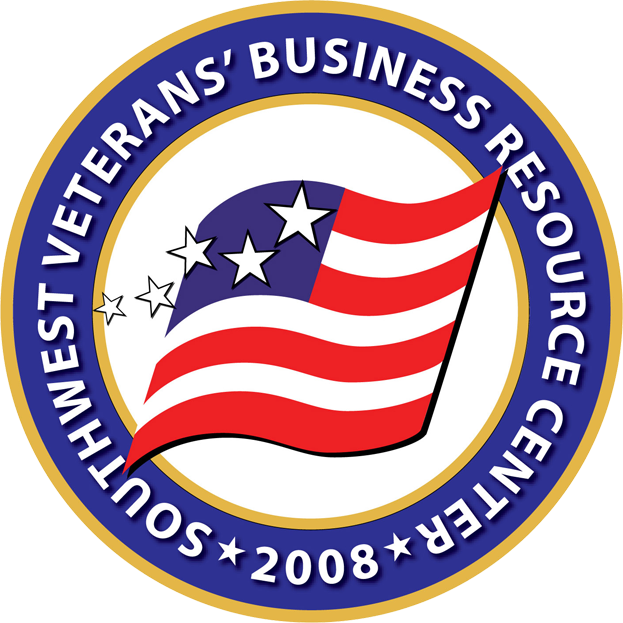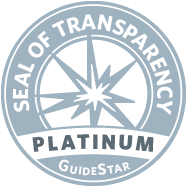
The littoral combat ship Freedom (LCS-1) has been undergoing maintenance and upgrades at BAE Ship Repair San Diego. undefined Earnie Grafton
A decade-old, multibillion-dollar attempt by the Navy to develop a radically different family of warships is reeling from cost overruns, structural problems and doubts about the design, staffing, role and survivability of the speedy new vessels.
This month, a bipartisan group of seven U.S. senators demanded that the Pentagon explain why Freedom, the first of the new littoral combat ships, suffered a small but worrisome crack in its hull and had to return to its homeport of San Diego for repairs.
The group, led by Arizona Republican and former naval aviator John McCain, also asked why an even newer, different version of the ship named Independence developed “aggressive” corrosion in its propulsion system. The problem may have slowed its move to San Diego, which will be home to the first 12 of the 55 LCS ships that are planned.
None of the senators has called for canceling LCS, whose ships have more than doubled in cost. But Gibbs & Cox, one of the nation’s leading naval architectural firms, revealed this week that it has come up with the concept for a new frigate that could serve as an alternative.
Gibbs@Cox also designed Freedom, a ship that is supposed to improve the Navy’s ability to stalk submarines, hunt mines and counter small enemy boats in shallow littoral, or near-shore, waters. Freedom has a draft of only 13.5 feet, which is half that of the Perry-class frigates LCS it is meant to replace. The lightly armed, highly maneuverable LCS vessels also are replacing mine-countermine ships and coastal patrol boats.
The Navy says the problems with LCS are typical of the first vessels in a new class of warship, and that the LCS’s design is stable. Similar problems happened with the Perry frigates. But the senators are skeptical, asking in a letter to the Pentagon whether the problems run deeper and are systemic.

Workers at BAE San Diego Ship Repair are correcting a "blind spot" on the bridge of the littoral combat ship Freedom. undefined Earnie Grafton
And on Thursday, at the confirmation hearing for Adm. Jonathan Greenert to become new chief of naval operations, McCain raised fresh concern about the cost of the LCS program, which currently involves spending at least $37.4 billion to buy 55 ships. Two ships have been commissioned, two are under major construction, and 20 more are under contract.
“I’m sure you share my frustration that following an $8 billion taxpayer investment in the LCS program, the Navy continues to lack a single ship that is operationally effective or reliable,” McCain told Greenert.
McCain also has expressed concern that cost overruns could affect the Navy’s ability to buy other types of ships it needs.
Initially, the ships were expected to cost about $212 million. But the steel monohull Freedom developed by Lockheed Martin, and the aluminum trimaran developed by General Dynamics, could each exceed $700 million, says the Congressional Budget Office. The Navy says future ships will average $440 million, but the cost ceiling is $480 million, and it has been rising.
The Navy and its contractors also have been slow in getting the ships into full service.
Freedom was commissioned in 2008. But the Navy says the vessel, which had buoyancy problems early on, won’t be ready for its first long-term deployment until 2013. The ship is currently at BAE San Diego Ship Repair, where workers are correcting a “blind spot” in the window-area of the bridge, as well as performing scheduled maintenance.

The littoral combat ship is a trimaran with an aluminum hull. undefined US Navy
The ships can travel at least 40 knots, making them at least 10 knots faster than modern cruisers and destroyers. But the LCS can only perform one main mission at a time, making them less versatile that most surface combatants. The limitation was underscored when Gibbs & Cox raised the idea of building a light frigate that travels less than 30 knots but can perform many missions, as well as stock Tomahawk cruise missiles.
The LCS has so many problems that U.S. Rep. Duncan Hunter, R-Alpine, last week asked the Government Accountability Office to re-evaluate the program.
Navy Secretary Ray Mabus has rejected Hunter’s criticism, saying in a letter to the congressman, “The Navy is confident that we are on the path of success in the LCS program that will provide the Fleet and Department the warfighting capabilities required to continue to support our national defense initiatives.”
The criticism and confusion isn’t new. Many Navy officials were initially dismissive of LCS. But in 2001, the Navy created the program as part of a larger transformation of the fleet. The Navy later admitted that it approved the program before fully analyzing the need for LCS.
The 2003-04 edition of Jane’s Fighting Ships says, “It is hard to avoid the impression that this is a ship in search of a capability rather than a capability in in search of a ship.”
The Navy nonetheless chose two industry teams to produce different versions of the warship -- Freedom and Independence. The plan was to choose the better of the designs and fund large-scale production. But the Navy reversed itself in December 2010, saying that it could save about $2.9 billion. The Navy has since said the savings could be $1 billion or less.
The military also has been addressing construction issues. Adm. James Murdoch, who oversees the LCS program, said the 6.5-inch crack that developed on the starboard side of Freedom, below the waterline, was an isolated problem caused by a “poor weld procedure.”

Independence, like Freedom, is designed to reach speeds exceeding 40 knots. undefined US Navy
Murdoch also said that the “aggressive corrosion” that developed in and around the water jets that propel Independence “is fairly straightforward to solve” and that steps are being taken to ensure that it doesn’t occur on follow-on ships. But the root cause of the problem undefined at least publicly undefined has not been resolved. The Navy says the corrosion can be traced to the ship’s main builder, Austal in Mobile, Ala. But Austal says the corrosion was caused by the way the Navy has maintained the ship.
There also have been questions about whether the LCS’s core crew of 40 is too small to operate the powerful vessels.
Capt. Robert Randall, who is overseeing the training of LCS crews that will operate out of San Diego, said, “I had the opportunity to ride both ships and watch them do launch-handling and recovery processes. To be honest with you, at first I was concerned because they are very complex systems. I was worried that (it) might not be something that the sailors could learn quickly. But the sailors have caught on very quick.”
But Randall added, “Is 40 the right size for a core crew? I couldn’t say yes it is right now. It might settle out at 46, 48. I don’t know. But it really comes down to what is the Navy is going to expect this ship to do. Is it going to stay a single-focused mission with the operating tempo that we’ve laid out ... I think we can do it with 40 guys. But if you want some depth on the bench, or if you want ... the ability to replace somebody if you have an unplanned loss, maybe you need more people. If you want them to be able to sustain operations for a longer period of time, again, you might need some more people.”
There’s also a question about whether the lightly armed LCS can defend itself, and whether it can withstand damage from missions, mines or some other type of weapon. The Navy is still determing the mix of missiles the ship will use.
Commander Matt Weber, skipper of Freedom’s gold crew, doesn’t seem overly concerned, saying, “We have a lot of defensive weapons and we have speed. ... I just need to stay out of their (enemy’s) weapons envelope while I call for help. ... If we get jumped, we get out of Dodge.”
But Weber says he does have a clear challenge, and that is “getting the rest of the Navy to understand what our capabilities and strengths are. Just because the Navy bought it doesn’t mean that everyone in the Navy understands what we can do.”
Union-Tribune military writer Jen Steele contributed to this story.
(The source list for this story includes the Government Accountability Office, Congressional Budget Office, Congressional Research Service, Department of Defense, Defense Industry Daily, U.S. Navy, Gibbs&Cox, and the Naval Institute.)
Contact gary.robbins@uniontrib.com • (619) 293-1228 • Twitter @grobbins • View us on Facebook or visit the U-T Science and Environment page.
 A welcoming home for our Troops.
A welcoming home for our Troops.

